Poquito Dark Blue Agastache (Hummingbird Mint) – 1 Gallon Pot
$32.97 Original price was: $32.97.$23.08Current price is: $23.08.
SKU: D2LSC 0494001999 Categories: PLANTS & TREES, SHOP BY USDA ZONE
- Shop with ease, buy with confidence.
- Safe and Secure Payments, Always
- Prompt service, every time.
- Fast, friendly, always here to help.

Poquito Dark Blue Agastache
Agastache ‘Poquito Dark Blue‘ PP28950
Plant Details
USDA Plant Hardiness Zones: 5a-10b Find Your Zone
Plant Type: Perennial
Height at Maturity: 10-14″
Width at Maturity: 12-14″
Spacing: 12″ for mass plantings; 24″ for space between plants
Spacing: 12″ for mass plantings; 24″ for space between plants
Growth Habit / Form: Compact, Bushy
Growth Rate: Fast
Flower Color: Bluish Purple
Flower Size: Small flowers in large spikes
Flowering Period: Early Summer to Mid Fall!
Flower Type: Single in large spikes
Fragrant Flowers: Yes
Foliage Color: Green
Fragrant Foliage: Yes, Aromatic
Berries: No
Berry Color: No
Sun Needs: Full Sun or Mostly Sun; minimum 6 hours direct sunlight per day
Water Needs: Average
Soil Type: Clay (amended), Loam, Sandy, Silt (amended)
Soil Moisture / Drainage: Moist But Well Drained
Soil pH: 6.0 – 7.5
Maintenance / Care: Low
Attracts: Visual Attention, Butterflies, Hummingbirds, Beneficial Pollinators
Resistances: Deer, Disease, Heat, Humidity, Insect, Rabbit
Description
One among the Poquito Series, which are the most floriferous and longest blooming in our gardens, Poquito Dark Blue Agastache features abundant spikes of fragrant, deep bluish purple flowers from early summer to early to mid fall that are sure to please the senses and the hummingbirds, butterflies and beneficial pollinators. Dense, compact, long blooming with vibrant color and fragrance, heat and cold tolerant, deer, insect and drought resistant…what more can we ask from a perennial flower!
Landscape / Garden Uses
Growing 10 to 14 inches tall and wide, Poquito Dark Blue Agastache is ideal for use a solo or accent in small garden spaces and containers or in groupings in sunny borders. A fine addition to hummingbird gardens, butterfly gardens, beneficial pollinator gardens, cottage gardens, fragrance gardens, and blue or purple theme gardens.
Growing Preferences
Poquito Dark Blue Agastache is very easy to grow in damp to moist but well-drained soil and full sun to mostly sun for best flowering. A constantly soggy or wet soil can cause root rot. Deadheading spent flowers encourages heavier reblooming throughout the season.
Helpful Articles
How To Plant & Grow Agastache In Garden Beds & Containers
Plant Long & Prosper!
Questions? Contact Us!
Be the first to review “Poquito Dark Blue Agastache (Hummingbird Mint) – 1 Gallon Pot” Cancel reply
Related products
Sale!
FRUIT TREES & PLANTS
Sale!
FRUIT TREES & PLANTS
Sale!
PLANTS & TREES
Sale!
GROUNDCOVER PLANTS
Pink Lily Of The Valley (Convallaria Majalis ‘Rosea’) – 1 Gallon Pot
Sale!
PLANTS & TREES
Sale!
PLANTS & TREES
Sale!
Sale!
FRUIT TREES & PLANTS



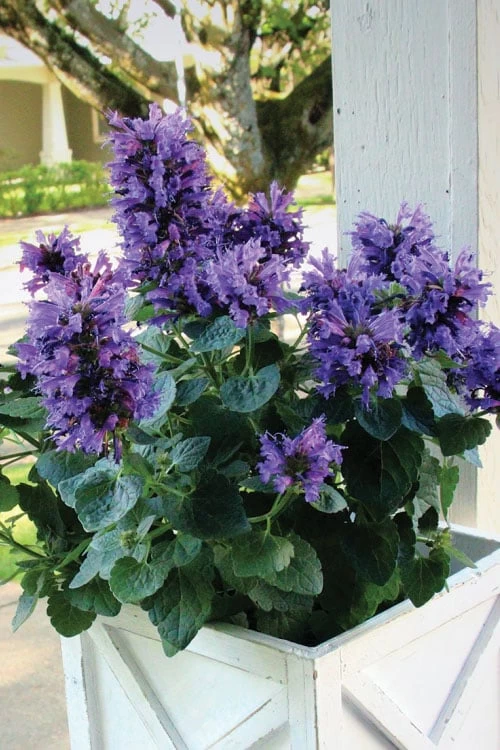
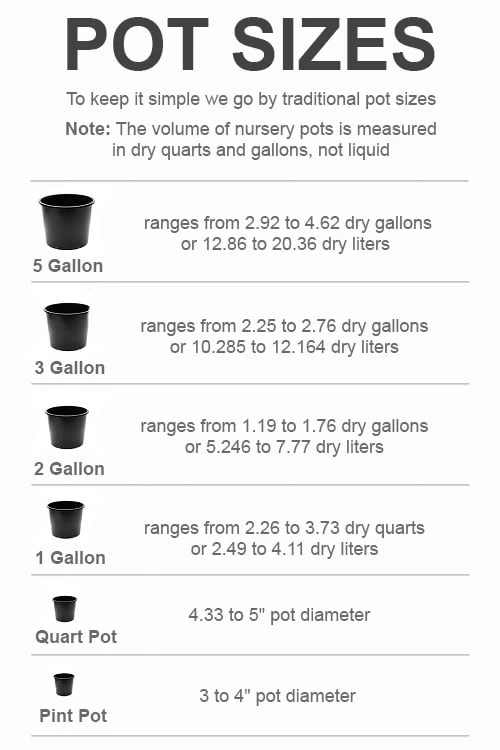


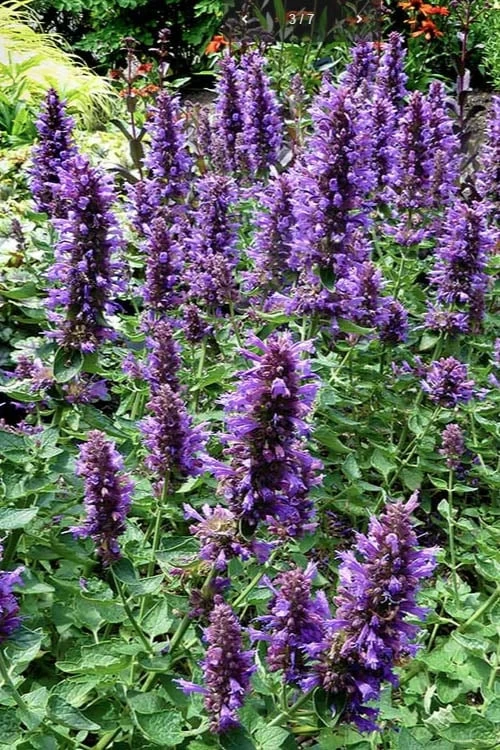

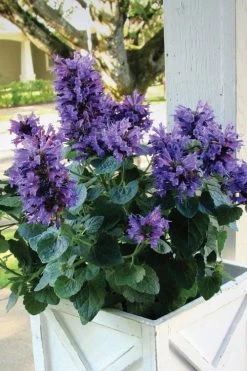
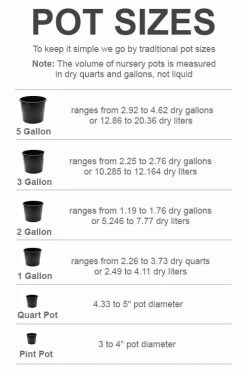


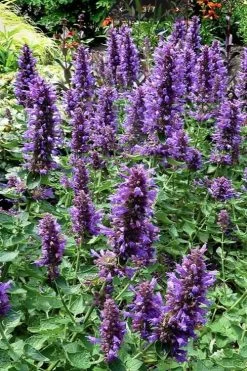

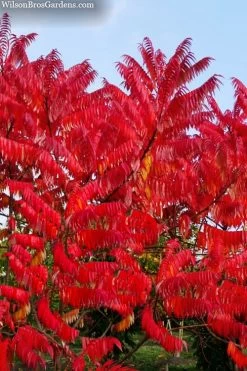

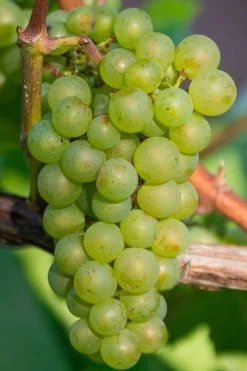
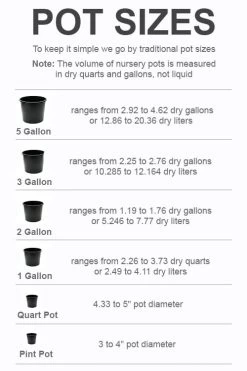

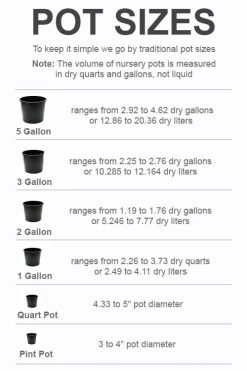
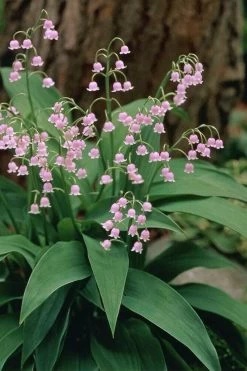

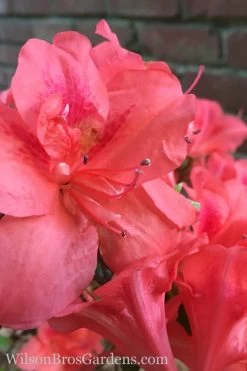
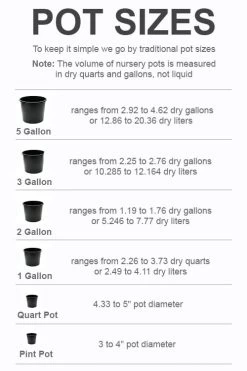
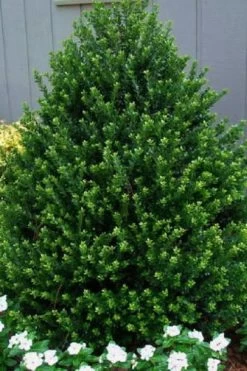
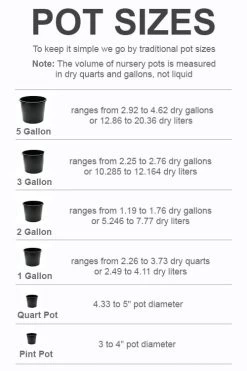
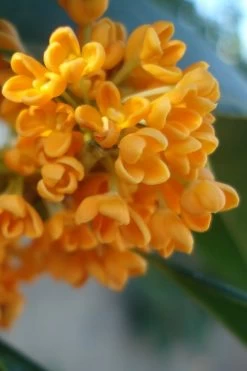



Reviews
There are no reviews yet.